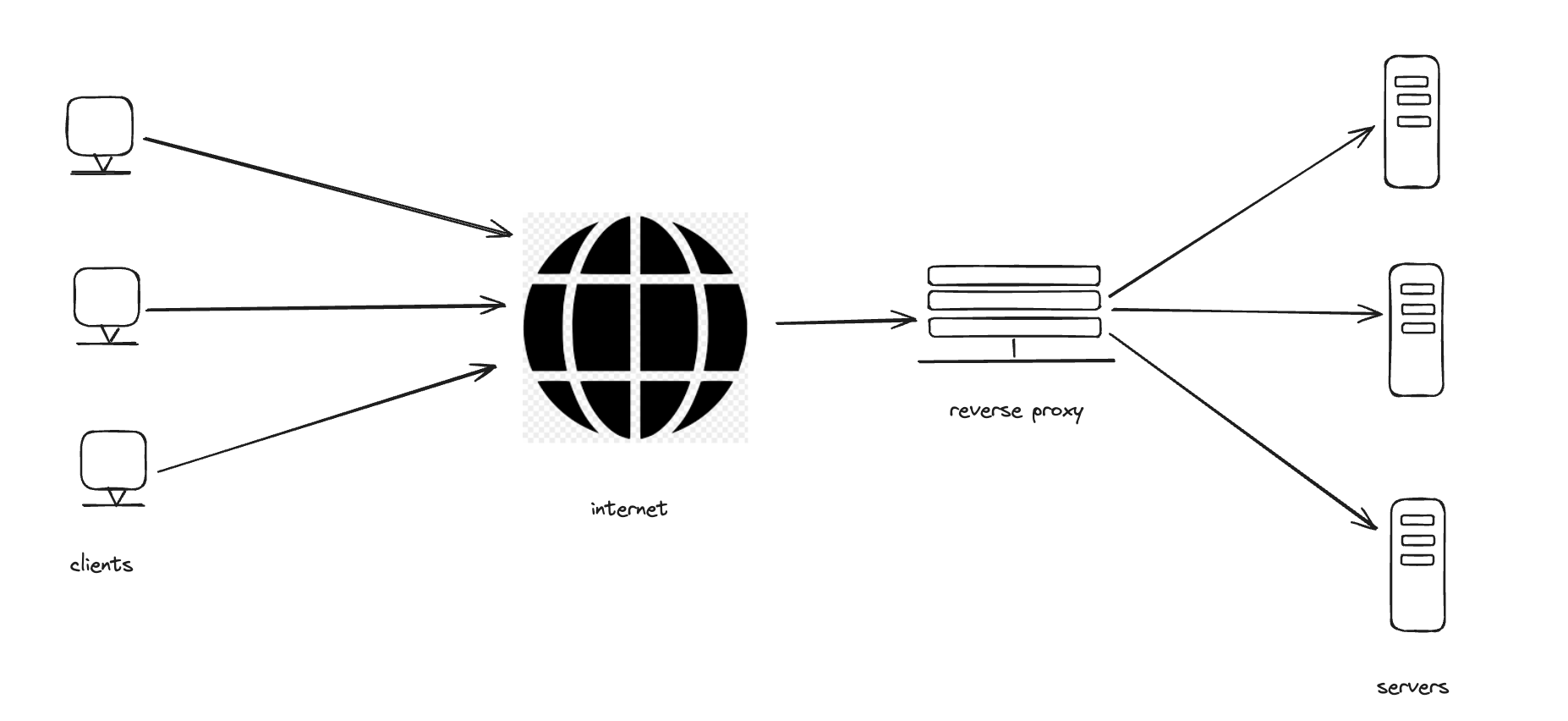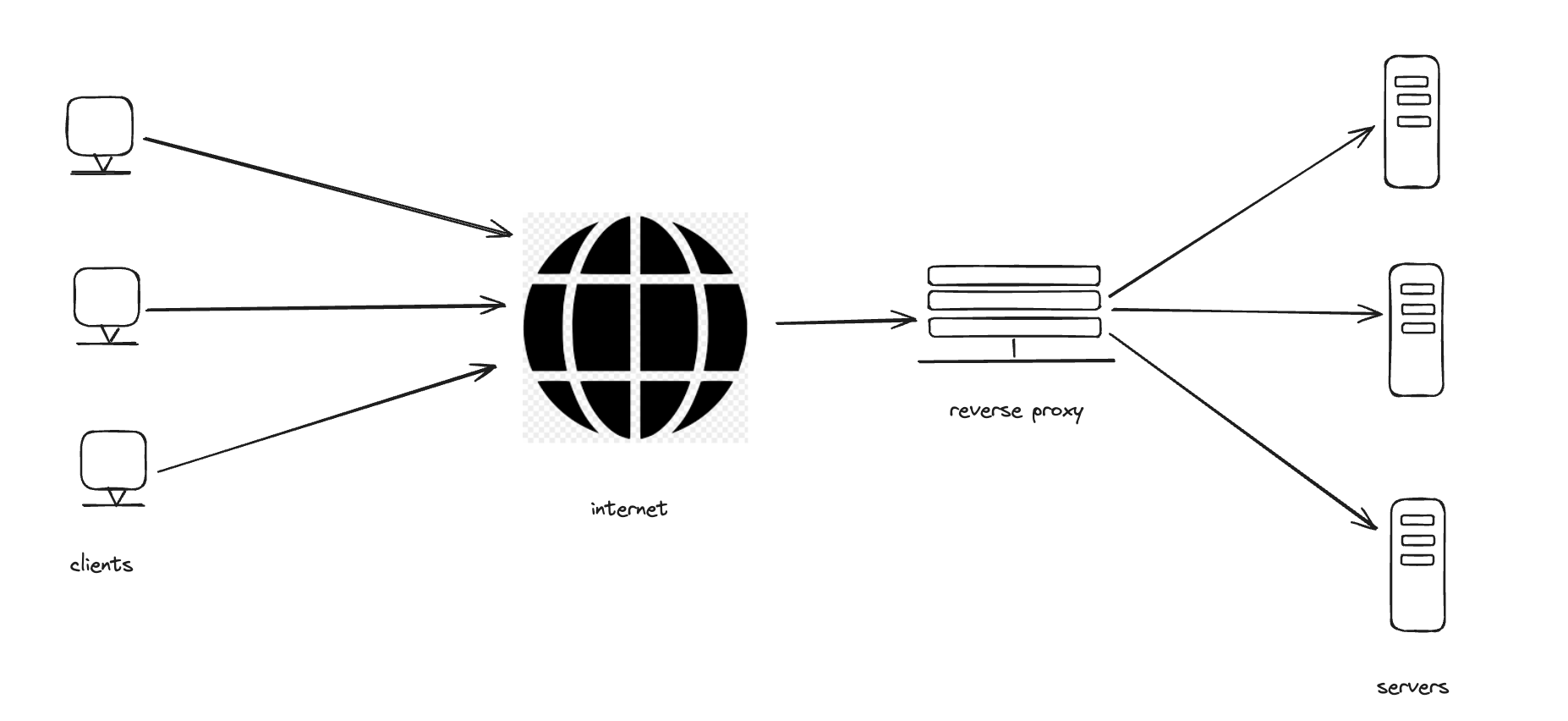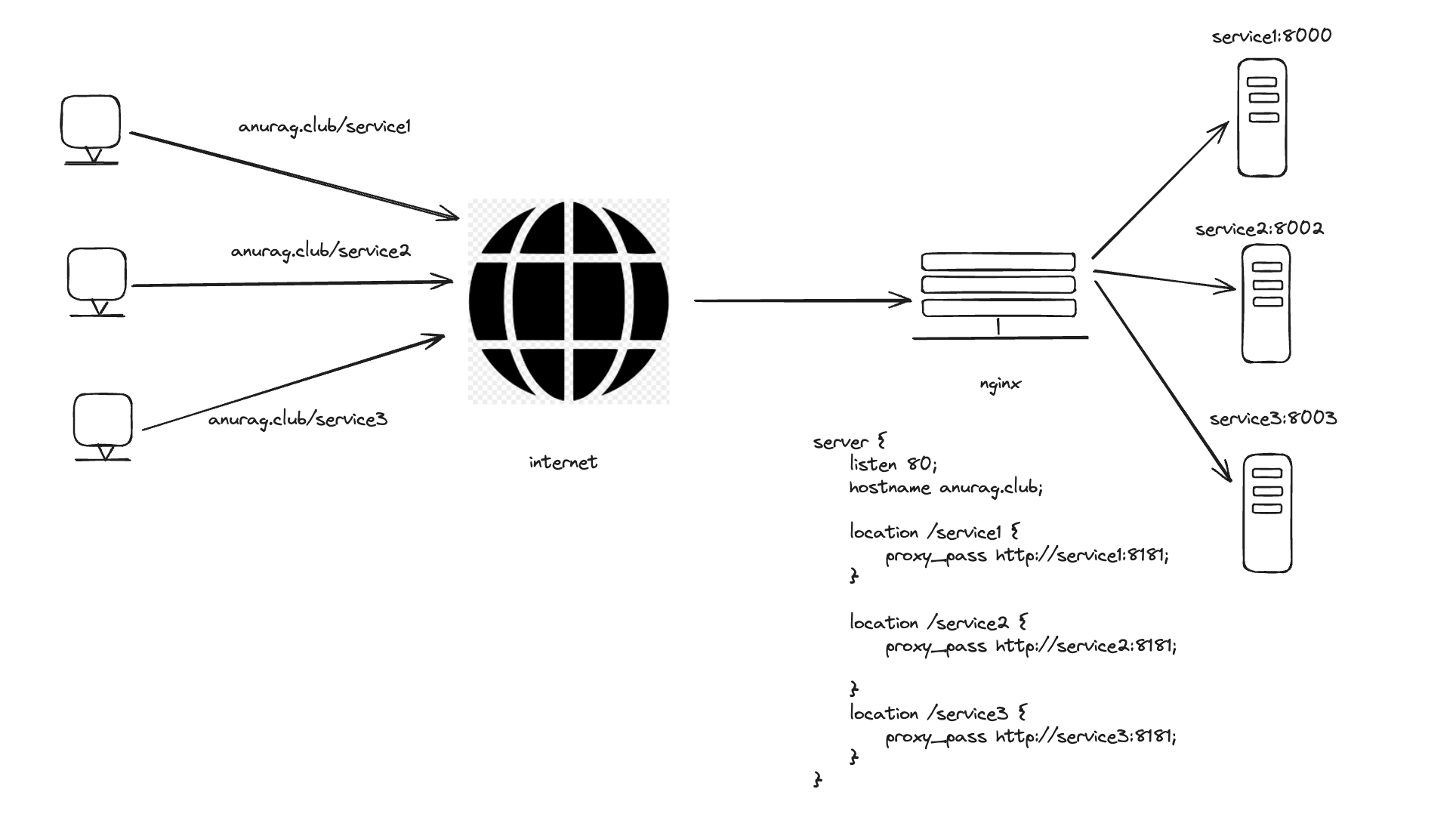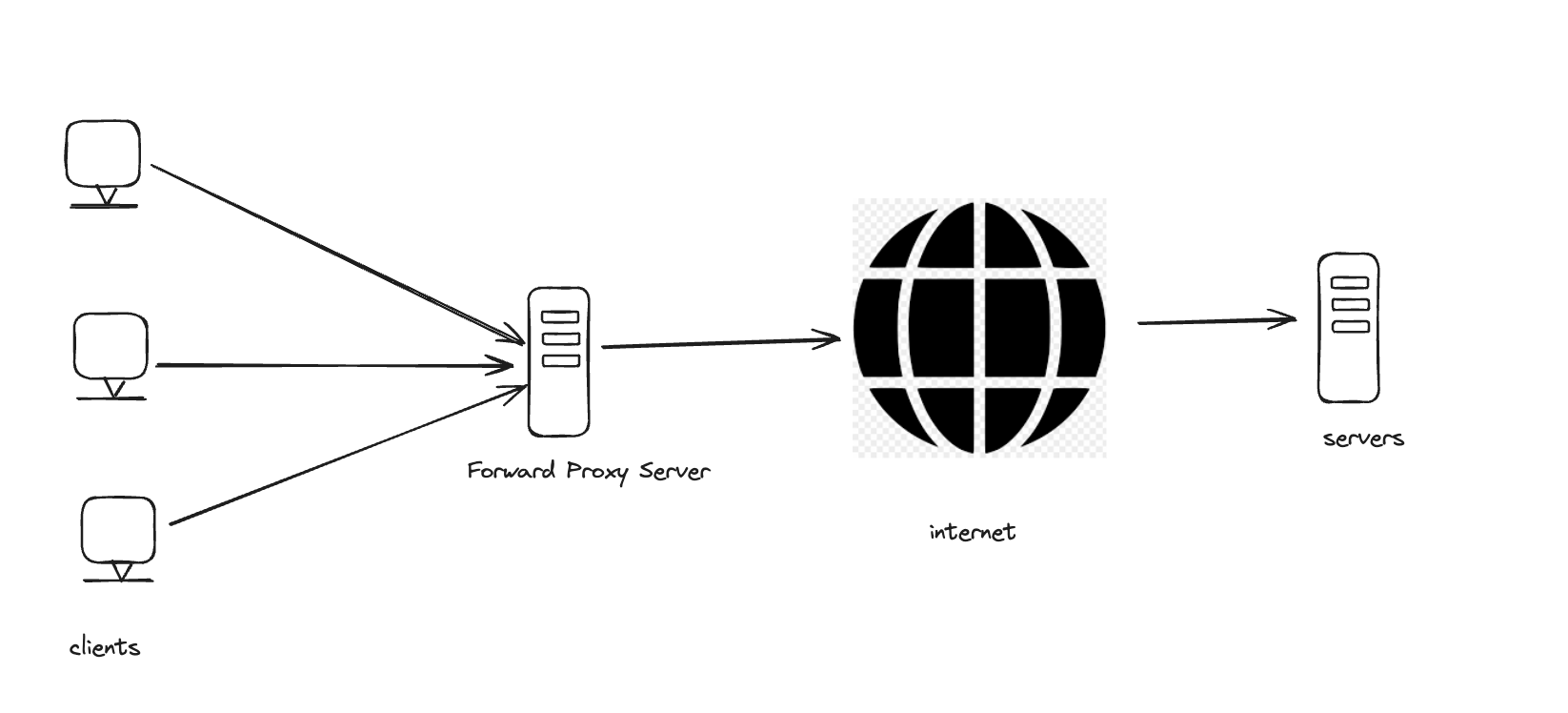Understanding Forward & Reverse Proxy and NAT
 Anurag Jain
Anurag Jain
You must have heard about these three terms. The motivations that drove me to write this blog are as follows:
These are very important and are used everywhere for scaling and security.
We generally get confused between reverse and forward proxies.
Reverse Proxy
In simpler words - It sits between the internet and servers. So when someone outside (like a user browsing a website) wants to access a server, they first communicate with the reverse proxy, which then forwards their request to the appropriate server.

Eg. Think of a reverse proxy like a waiter in a busy restaurant. Instead of customers going to the kitchen to order food, they tell the waiter what they want, and the waiter takes their order to the kitchen for them. Similarly, a reverse proxy sits between people using a website (like customers in a restaurant) and the servers where the website is stored (like the kitchen), taking requests from users and passing them on to the servers.
Advantages
Load Balancing: As you can see in diagram Reverse Proxy can help in distributing traffic across multiple servers.
Security: Reverse proxy can inspect the request and can help in Filtering out the malicious traffic or enforcing security policies.
Cache: Frequently requested content can be cached by reverse proxy which helps in reducing the load at server.
SSL: At servers you don't need to understand the https that can be done at reverse proxy itself.
Nginx is one of the popular proxy server. Eg. with nginx

Forward Proxy
In simpler words - It sits between the client and the internet. When a client wants to access something on the internet, they communicate with the forward proxy first, which then fetches the requested information from the internet on behalf of the client.

Eg. In the days before direct dialing, telephone operators played a crucial role in connecting calls. When someone wanted to make a call, they would speak to the operator, who would then connect them to the desired number. The operator acted as a forward proxy, facilitating communication between callers and ensuring that calls reached their intended recipients.
Advantages
Anonymity: They can mask the IP addresses of clients, providing anonymity when accessing online resources.
Content Filtering: Forward proxies can block or filter specific types of content, such as malicious websites or inappropriate material, based on predefined policies.
Caching: Similar to reverse proxies, forward proxies can cache frequently requested content, reducing bandwidth usage and speeding up subsequent requests.
Access Control: They enable organizations to enforce access policies, restricting access to certain websites or services based on user credentials or permissions.
Squid is one of the popular forward proxy server.
Network Address Translation (NAT)
Lastly let's talk about NAT. Basically every device connected to a network requires a unique identifier to facilitate communication. NAT serves as the bridge between private internal networks and the public internet by translating between private IP addresses used within a local network and public IP addresses used on the internet.
NAT performs two primary functions:
Internet Access for Private Networks: NAT enables devices within a private network to access resources on the Internet. Devices within the private network are assigned private IP addresses, and the NAT device translates these private IP addresses to a single public IP address when communicating with external servers or services on the Internet.
Security: NAT provides a level of security by hiding the internal IP addresses of devices within the private network from external sources. When devices initiate connections to external servers or services, the external entities only see the public IP address assigned by the NAT device, helping to obscure the topology of the internal network and mitigate certain types of attacks.
Load Balancing: NAT can be used for load balancing traffic across multiple internal servers or services. In this scenario, incoming requests to a single public IP address are distributed across a pool of internal servers using different private IP addresses, based on predefined rules or algorithms.
IPv4 to IPv6 Translation
Forward Proxy and NAT (Network Address Translation) serve similar purposes in networking, but they operate at different layers of the OSI model and offer distinct functionalities.
I hope this is useful.
Subscribe to my newsletter
Read articles from Anurag Jain directly inside your inbox. Subscribe to the newsletter, and don't miss out.
Written by
